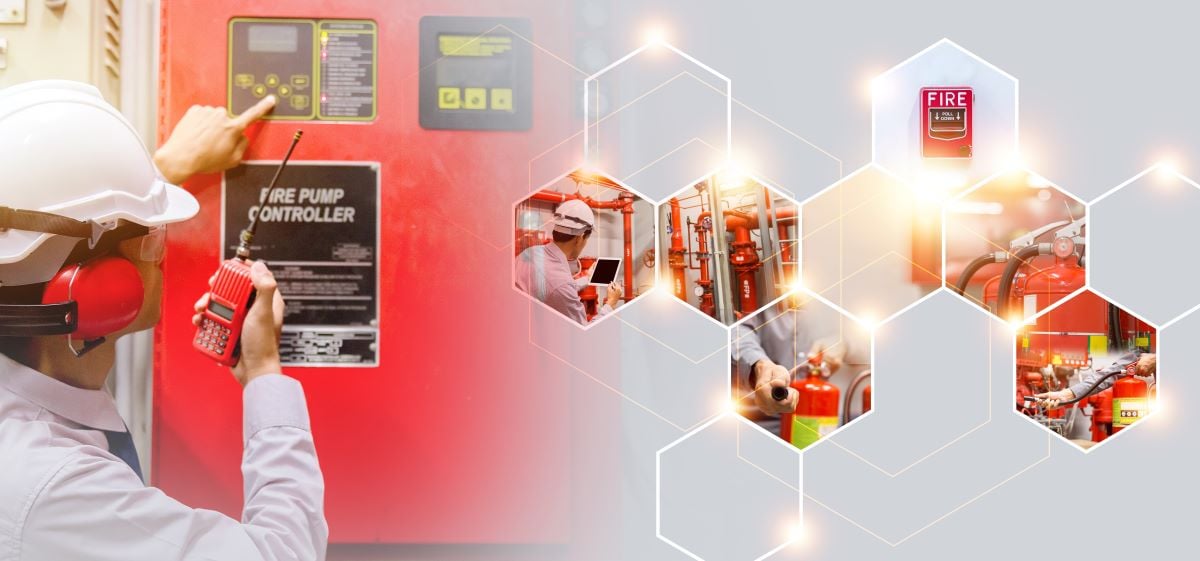
NFPA 20, Standard for the Installation of Stationary Pumps for Fire Protection, is a widely recognized and adopted code that provides guidelines for installing and maintaining fire pumps used in commercial and industrial facilities. These pumps are an essential component of a fire protection system, as they are responsible for providing water or other fire extinguishing agents to the fire sprinkler system or standpipe system in the event of a fire.
The standard covers a wide range of topics related to fire pumps, including the types of pumps that can be used, their design and installation requirements, and the testing and maintenance procedures that should be followed to ensure they are in proper working condition. It also includes specific requirements for the location and accessibility of fire pumps and the electrical and mechanical systems that support them.
One of the key parts of NFPA 20 is the requirement for regular inspection, testing, and maintenance of fire pumps. This includes annual inspections and more frequent testing and maintenance based on the type of pump and its usage. These inspections and tests are critical to ensure that the pumps are in good working condition and can perform as intended in the event of a fire.
NFPA 20 also provides guidance on the selection and installation of fire pump controllers, which are responsible for activating and controlling the pumps in the event of a fire. It also covers requirements for the electrical systems that support the pumps, including wiring and overcurrent protection.
Contact Koorsen Fire & Security for your Business’s Fire Pump Needs
In summary, NFPA 20 is an important code that provides guidelines for installing, inspecting, testing, and maintaining fire pumps. This ensures that these vital components of a fire protection system are in proper working condition and can perform as intended in the event of a fire. For any questions regarding codes and regulations in NFPA 20, contact Koorsen Fire & Security for expert advice and assistance in maintaining compliance and safety in your facility.
NFPA 20 FAQs
What types of pumps are covered by NFPA 20?
NFPA 20 applies to all types of fire pumps, including electric motor-driven, diesel engine-driven, and manually-operated pumps.
How often should fire pumps be inspected and tested?
NFPA 20 requires annual inspections and more frequent testing depending on the type of pump and usage. This includes hydrostatic testing, performance testing, and inspections of the pump, driver, and controller.
What are the requirements for fire pump controllers?
NFPA 20 requires that fire pump controllers be listed and labeled for use in fire pump service and installed per the manufacturer’s instructions.
How does NFPA 20 address the power supply for fire pumps?
NFPA 20 requires that the power supply for fire pumps be reliable and suitable for the application. It also provides guidelines for the installation of emergency generators and transfer switches to ensure that the fire pump can continue to operate in the event of a power failure.
Can an existing fire pump be altered or modified?
NFPA 20 requires that any alteration or modification to an existing fire pump be in accordance with the standard and must not adversely affect the performance or safety of the pump.
How does NFPA 20 address the installation of fire pumps in buildings under construction?
NFPA 20 provides guidelines for the installation of fire pumps in new buildings, including requirements for the location and accessibility of the pump room, and the installation of the pump, driver, and controller.



